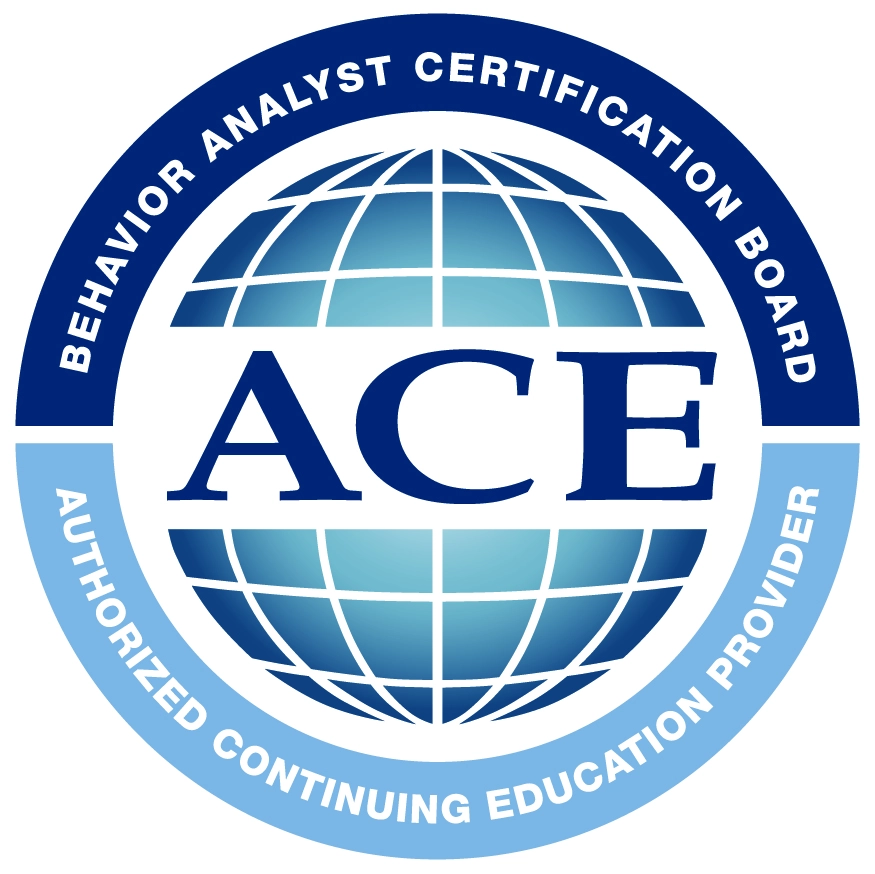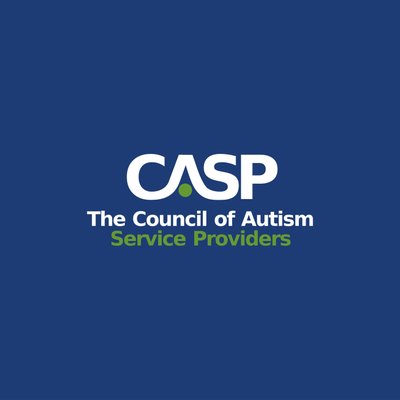Developed in the United States in 1981, ESDM combines Applied Behavior Analysis (ABA) methods with developmental approaches. It is an evidence-based, comprehensive, and play-based therapy designed to help autistic children develop social communication skills, play skills, relationships, and language through everyday activities.
ESDM is specifically tailored for children between the ages of 12 to 48 months, providing early intervention during a critical period of development. It focuses on building language, social, and cognitive skills through play and joint activities.
Its main goal is to promote social engagement and enhance communication skills in autistic children. Therapists and parents work together using structured teaching techniques to teach essential skills and support a child’s individual strengths and needs.

Key Components of ESDM
The ESDM therapy incorporates several key components to maximize its effectiveness. These components are as follows:
- Play-based Approach – ESDM therapy utilizes play activities as a central component to engage children and facilitate learning. By incorporating play, therapists can create a natural and enjoyable learning environment that promotes social interaction, communication, and skill development.
- Therapist-Parent Collaboration – ESDM emphasizes the importance of collaboration between therapists and parents. Therapists provide guidance, support, and training to parents. This allows them to implement ESDM techniques during daily routines and interactions with their child.
- Individualized and Tailored Programs – ESDM recognizes that each child with autism is unique, with different strengths, challenges, and learning styles. Therefore, therapy programs are individually tailored to meet the specific needs of each child.
Effectiveness of ESDM
The Early Start Denver Model (ESDM) has gained recognition as an effective therapy for children with autism.
Numerous research studies have been conducted to evaluate its effectiveness, and the results have shown promising outcomes in learning, language development, and social skills. Additionally, children who have undergone ESDM therapy have experienced several benefits that contribute to their overall well-being and quality of life.
Research Findings
Multiple randomized clinical trials have provided evidence supporting the effectiveness of the Early Start Denver Model (ESDM) as an intervention for autism.
A study published in Pediatrics demonstrated that children aged 18 to 30 months who received ESDM for two years displayed a notable increase in IQ, with an average gain of 17.6 points. Furthermore, these children exhibited improvements in social and practical skills compared to a control group.
Another significant finding is that the effectiveness of ESDM is not limited to children with a specific severity level of autism. Research has shown that children with varying degrees of learning difficulties who received 20 hours of instruction per week through the Early Start Denver Model exhibited positive outcomes in language and social skills development. This indicates that ESDM can be beneficial for children across the autism spectrum.
Benefits for Children
The Early Start Denver Model (ESDM) offers several benefits for children with autism. Some of the key advantages include the following:

The positive effects of the Early Start Denver Model make it a valuable therapy option for children with autism. The comprehensive, play-based approach of ESDM, combined with its evidence-based nature, provides a solid foundation for promoting the development and well-being of children on the autism spectrum.
Implementing ESDM
When it comes to implementing the Early Start Denver Model (ESDM), there are two important aspects to consider which are as follows:
Age Group Focus
The ESDM therapy is primarily designed for autistic toddlers and preschoolers aged 12 months to 4 years old. It aims to intervene at an early stage, targeting children who may show early signs of autism. Starting therapy during this critical developmental period allows the ESDM approach to increase the child’s interest in activities and other people through play-based interventions.
The early intervention provided by ESDM has shown promising results in language and social skills development, regardless of the severity of a child’s learning difficulties.
Research has demonstrated that children who received around 20 hours of instruction using the ESDM approach at a young age displayed positive outcomes in their developmental progress.
Involvement of Parents
The involvement of parents is a crucial component of the ESDM therapy process. Parents are considered integral members of the intervention team who actively participate in their child’s therapy sessions. This collaborative approach allows parents to work closely with therapists and early intervention staff.
Parents are essential in implementing the ESDM program outside of therapy sessions. They are encouraged to engage in activities and play-based interventions with their child, incorporating the strategies and techniques learned during therapy. This involvement not only strengthens the parent-child relationship but also helps promote the child’s progress and generalization of skills across different settings.
Through the active participation of parents, the ESDM approach aims to support and empower families in facilitating their child’s development. By incorporating the principles and strategies of ESDM into daily routines and interactions, parents can create a supportive environment that promotes their child’s growth and learning.
In the ESDM framework, professionals from various disciplines, such as psychologists, developmental pediatricians, behavioral specialists, occupational therapists, speech/language pathologists, and early intervention specialists, can provide the necessary services.
Details of the ESDM PrograM
The Early Start Denver Model (ESDM) comes with key program details that make it a unique and effective therapy for children with autism. In this section, we’ll explore the importance of therapist-parent collaboration and the tailored programs offered within the ESDM framework.
Therapist-Parent Collaboration
As mentioned earlier, parents play a crucial role in the ESDM program. Therapists actively involve parents in therapy sessions by providing them with guidance, strategies, and modeling techniques. This collaboration is essential as it allows parents to practice and reinforce the skills learned during therapy sessions in the comfort of their own homes.
Involving parents in the therapy process allows ESDM to promote consistency and the generalization of skills across different environments. This collaboration also empowers parents to become effective advocates and active participants in their child’s development.
Tailored Programs
The ESDM program recognizes that each child with autism is unique and requires an individualized approach. ESDM therapists, with the assistance of early intervention staff and parents, create tailored programs that address the specific needs and goals of the child.
These programs focus on skill development through various activities and sessions. ESDM utilizes a play-based approach. Therapy sessions may include one-to-one intensive teaching, group sessions, typical preschool settings, and home-based activities.
The tailored programs within ESDM are designed to promote the development of communication skills, social interactions, and relationships. By targeting these areas, ESDM aims to increase a child’s interest in activities and other people, fostering their overall development and engagement with the world around them.

How ESDM Compares to Other Therapies
When considering therapy options for children with autism, it’s important to understand the distinguishing features of different approaches.
In the case of the Early Start Denver Model (ESDM), these are the two notable aspects that set it apart from other therapies:
ABA Integration
The Early Start Denver Model (ESDM) is based on applied behavior analysis (ABA) methods that make it part of the broader ABA therapy framework.
ABA focuses on analyzing and modifying behavior by breaking down skills into smaller, manageable steps and using positive reinforcement to promote desired behaviors. ESDM incorporates the principles and techniques of ABA into its therapy sessions, allowing for systematic teaching and reinforcement of skills.
By integrating ABA into the ESDM therapy model, children with autism receive structured and targeted interventions that address their specific needs. The use of ABA principles helps therapists create a supportive learning environment and individualize treatment plans to maximize progress in areas such as language development, social skills, and cognitive abilities.
Play-Based Approach
ESDM takes a play-based approach to therapy, recognizing the importance of play in a child’s development. The therapy sessions are designed to be enjoyable and engaging, fostering a positive and interactive learning environment.
Play-based interventions allow children to learn new skills, practice social interactions, and develop language abilities within the context of enjoyable activities.
During ESDM therapy sessions, therapists use play as a medium to teach and reinforce skills. By incorporating play into the therapy process, children are more likely to be motivated and actively participate in the learning process. The play-based approach also helps generalize skills learned in therapy to real-life situations, making them more functional and applicable in everyday life.
It’s important to note that while ESDM has its unique features, other therapies may also offer valuable strategies and interventions for children with autism. The choice of therapy should be based on the individual needs and preferences of the child, as well as the expertise and resources available.
Consulting with professionals and considering the specific goals of therapy can help guide parents and caregivers in making informed decisions regarding the most suitable therapy option for their child.
Research continues to shed light on the neurological basis of sensory issues in autism, offering hope for more targeted and effective therapies in the future. By recognizing and addressing sensory processing difficulties, we can improve the quality of life for individuals with autism and their families. If you’re seeking specialized ABA therapy in New Jersey, Indiana, Georgia, and New York, Golden Care offers comprehensive services tailored to meet the unique needs of each individual. Contact us to learn more or book a consultation today.
Sources:
https://raisingchildren.net.au/autism/therapies-guide/early-start-denver-model
https://www.autismspeaks.org/early-start-denver-model-esdm
https://www.autismparentingmagazine.com/autism-early-start-denver-model




